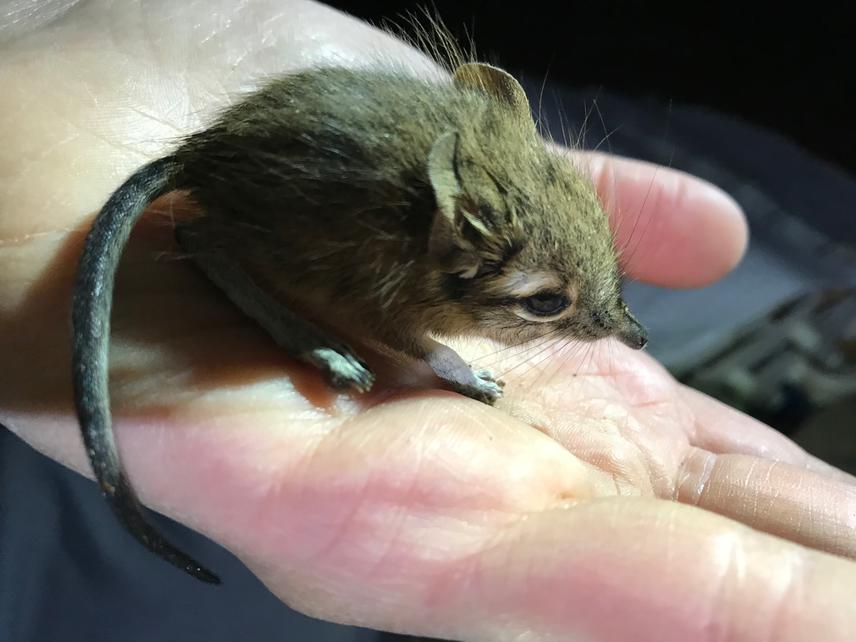Leo Khasoha
Other projects
27 Jan 2020
Correlating Diet Breadth and Survival to Explain Abundance-Occupancy Relationships: An Insight to Species Extinctions and Conservation
Have you ever wondered why some animals are common and widespread, while others are rare and found only in a few places? Across different groups of animals worldwide, ecological communities tend to be dominated by one or a few species that are common, with many more species that are rare. This pattern has been attributed to (1) differences among species in their abilities to move through the landscape, such that immigration from surrounding region should boost the commonness of widespread species and should prevent local extinction of rare, restricted species; and (2) differences in resource-use flexibility among species, such that those species that are able to use a broad array of resources should occur at more sites, and be relatively common where they occur, whereas those that have a strong selection and avoidance of certain resources should be relatively rare, and restricted to where their resources occur.

My preliminary results (from 1st Small Rufford Grant) to understand the resource-use flexibility hypothesis in a small mammal community of central Kenya savanna, confirmed that the common, widespread species were resource generalists (using a broad array of plants as food) and rare, restricted species were resource specialists (using a few plant species). All the species however showed preference for the wait-a-bit thorn tree (Acacia etbaica) seeds, which meant that this species is key to the persistence of rare, restricted small mammals and may boost the abundance of common, widespread species. To validate this assertion, this study designs an experiment called “resource removal experiment” that removes the seeds of A. etbaica (preferred food) in designate experimental plots to measure the fate of the common and rare species in my study site in the event the preferred food was to decline or completely be extirpated. I expect the rare, restricted species to completely be extirpated from my experimental plots (i.e., by moving from the plots to seek their preferred food in the surrounding), and for common, widespread species to switch to other foods as they are more flexible in resource-use.
This project endeavours to:
(1) continue with an internship program with Mammalogy Section-National Museums of Kenya to build capacity of budding ecologists in mammalogy field-techniques,
(2) collaborate with Mammal Committee-Nature Kenya, Biodiversity Institute- University of Wyoming, and Wildlife Warriors Tv to bring small mammals to the limelight; am particularly interested in creating focus on small mammals through a promo dubbed the “Small Five of Kenya”.